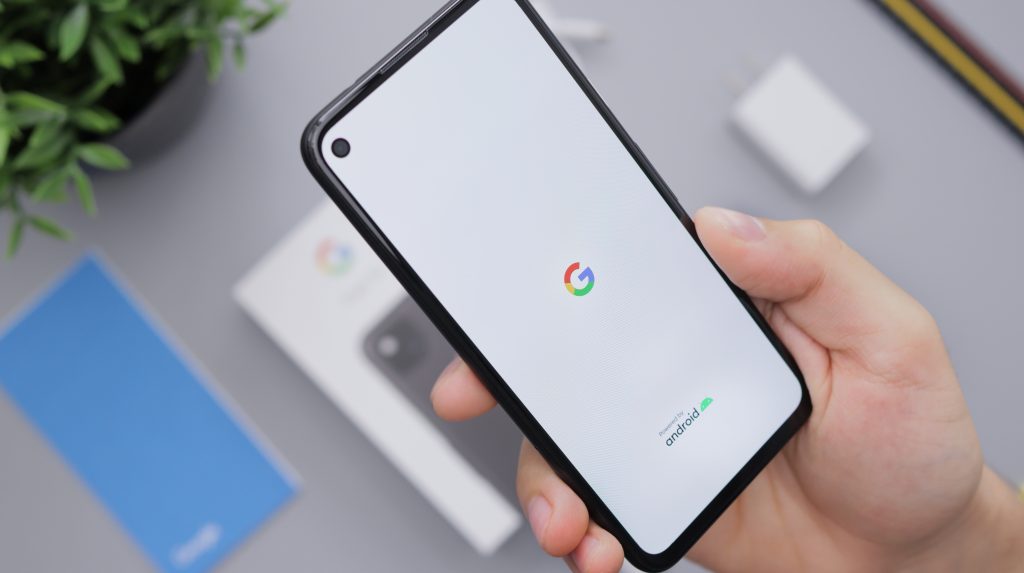Google’s release of Android 14 in early October marked a significant event in the mobile operating system’s evolution. However, for many smartphone users, the anticipation continues as they await the arrival of the update on their devices. Even in 2023, the time taken for updates to transition from Google’s own Pixel phones to third-party partners remains noticeable.

To provide clarity on the state of the Android 14 rollout, Engadget approached virtually all key phone manufacturers within the US market to gather insights into their plans for releasing their Android 14 adaptations. This blog post will help answer key questions regarding the availability of Android 14 for various smartphones.
ASUS Commences Beta Testing
As of October 10, ASUS embarked on public beta testing of Android 14, limiting the trial to their latest flagship, the Zenfone 10. An ASUS representative conveyed to Engadget that the Zenfone 10 would be the first to receive a stable release post-beta. The timeline for the stable Android 14 on Zenfone 10 devices remains undefined, with progress hinging on beta testing results.
It’s important to note that ASUS’s update policy ensures two platform updates for its recent devices, which means the Zenfone 9 and ROG Phone 6 are also poised to get the Android 14 update.
Google’s Early Adoption and Promised Support
Google, the chief architect behind Android, swiftly delivered a stable build of Android 14, starting with the Pixel 4a 5G from 2020, as of October 4. Moreover, the company has committed to a seven-year support promise starting with the Pixel 8 series. Pixel users can anticipate the first Android 14 Pixel Feature Drop in December. In the interim, Pixel enthusiasts can engage in the two Android 14 quarterly platform release (QPR) betas by enrolling in the Android Beta for Pixel program.
Huawei Stands Apart
Due to the ongoing US-China trade dynamics, Huawei’s devices in the US, Canada, and Europe will not receive traditional updates to Android 14. Since being placed on the Commerce Department’s Entity List in 2019 and losing official Google support, Huawei has pivoted to its HarmonyOS — an Android derivative not directly leveraging Google’s codebase. With most recent Huawei handsets like the Mate 60 Pro not available outside China, an Android 14 experience remains implausible for Huawei device owners in these regions.
Motorola’s Roadmap to Android 14
Motorola plans to initiate the Android 14 update rollout in early 2024, focusing on upgrading several of its 2022 models including the Edge, Edge+, and Edge 30 Fusion, as well as its entire 2023 lineup. Users can check the software support page for details pertaining to their specific Motorola device.
Nothing Embarks on Open Beta Testing
Nothing, founded by Carl Pei, recently released the second open beta of Nothing OS 2.5, based on Android 14. This beta primarily enhances the iconic Glyph interface of Phone (2). Full details of Open Beta 2 changes are available on Nothing’s website. With a promise of three years of OS upgrades and four years of security updates, Nothing users can look forward to receiving the Nothing OS 2.5 update.
OnePlus Maintains Silence on Release Date
OnePlus did not disclose a rollout date for its Android 14 skin, OxygenOS 14, but has begun beta testing externally. Their most recent products, the OnePlus 11 and OnePlus Open, are set to receive four years of Android updates and five years of security patches. Meanwhile, past devices like the OnePlus 10 Pro are guaranteed three years of platform updates. It is plausible that the OnePlus 8T, released in late 2020, will be the oldest device to be updated to OxygenOS 14.
Samsung Gets a Head Start
Samsung already commenced deployment of its Android 14 skin, One UI 6, at the end of last month. Many of Samsung’s recent devices are slated for four generations of OS updates, meaning phones as aged as the Galaxy S21 and Galaxy A32 will be upgraded to Android 14, although owners of older models may need a bit more patience.
Sony Rolls Out to Flagship
Sony pushed the Android 14 update to its Xperia 1 V as of November 6, with users advised to check the “System Update” section under the “System” heading in settings to download the update manually if necessary. Sony did not provide exact timing for other Xperia models.
Xiaomi Among First Movers
Xiaomi swiftly rolled out a stable version of MIUI 14, based on Android 14, to devices such as the Xiaomi 13 Pro, 13, and 12T. However, owners of preceding Xiaomi handsets may face a wait, as there is no official timeline for these updates.
In summary, the Android 14 update saga continues to unfold uniquely across different manufacturers, with some leading the fray while others remain conservative in their commitments. For users, staying informed and checking with their device manufacturer remains the best approach to predict when the latest Android iteration will enhance their mobile experience.



